California’s coast is buzzing with a delightful comeback story: wild sea otters are making waves and thriving like never before.
These playful, furry swimmers bring energy and charm to rocky shores and kelp forests, reminding us how resilient nature can be.
Watching them float, forage, and frolic is a joyful reminder that with care and protection, even the most vulnerable creatures can bounce back and reclaim their ocean homes.
1. The Comeback Story: How Sea Otters Returned from the Brink
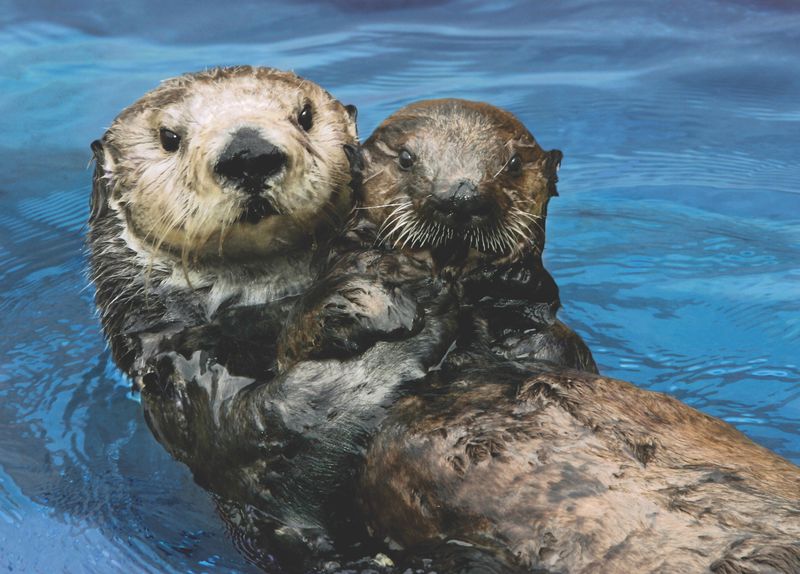
Fur hunters nearly wiped California’s sea otters off the map by the early 1900s. A tiny colony of about 50 otters somehow survived, hidden along Big Sur’s rugged coastline.
Their rediscovery in 1938 sparked immediate protection efforts.
From that small remnant population, they’ve now grown to over 3,000 animals. Talk about a conservation miracle!
2. Where to Spot Them: Otter Hotspots Along the California Coast
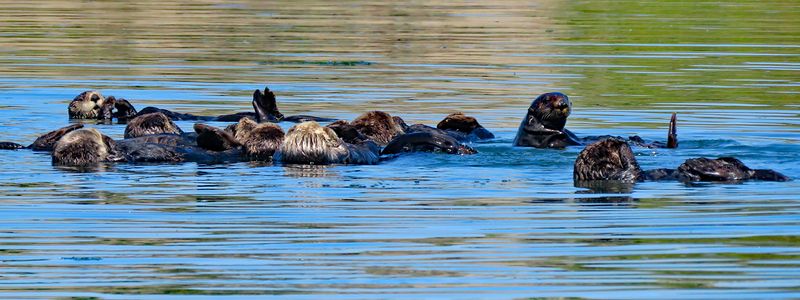
Monterey Bay stands as sea otter central, with prime viewing at Moss Landing Harbor and Elkhorn Slough. Early mornings offer magical chances to catch them wrapped in kelp, snoozing on their backs.
Further south, Morro Bay hosts playful rafts (yes, that’s what otter groups are called!).
Point Lobos Reserve near Carmel provides another reliable spotting location for these charismatic creatures.
3. Otters vs. Urchins: The Unexpected Hero of Kelp Forests
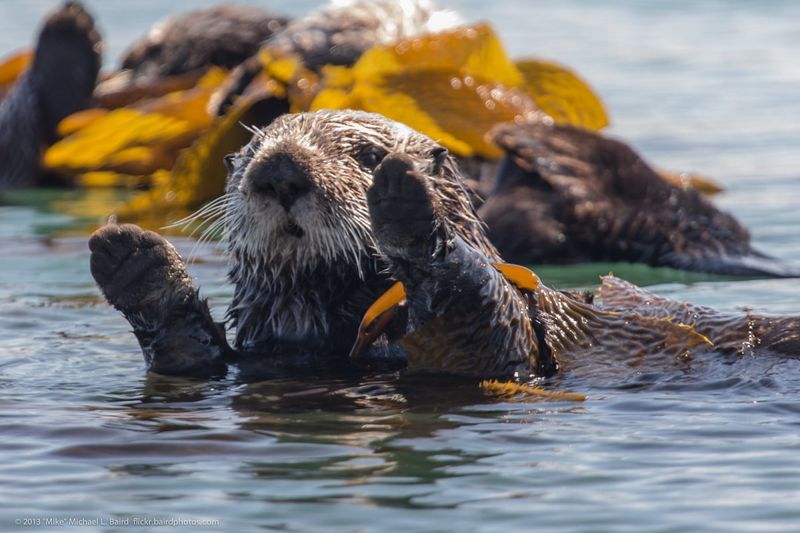
Hungry sea otters devour sea urchins like they’re going out of style! Without these furry predators, urchins run wild, creating underwater deserts by munching kelp forests down to nothing.
One otter can scarf down 30% of its body weight daily.
Their appetite single-handedly protects California’s magnificent underwater forests, creating habitat for hundreds of marine species. Ecological superheroes, indeed!
4. Marshland Defenders: How Otters Help Save Coastal Habitats
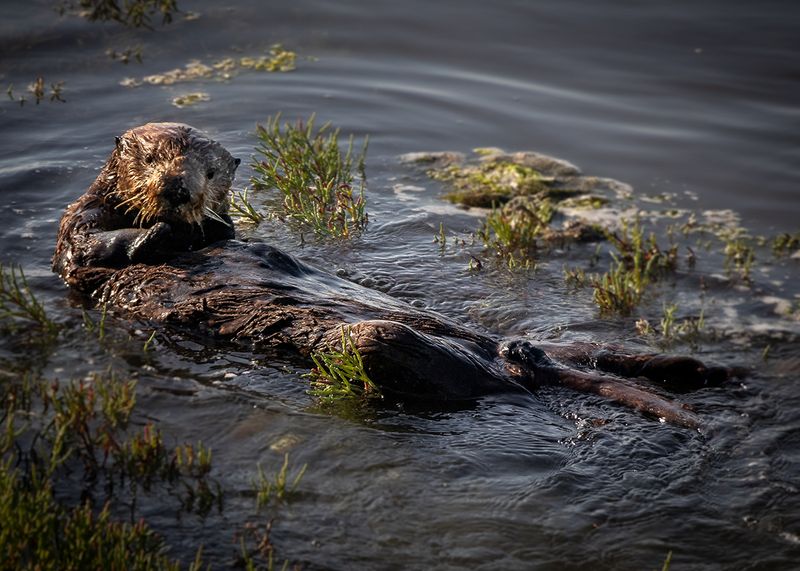
Beyond kelp forests, sea otters have become unexpected allies for California’s threatened salt marshes. Researchers discovered otters venturing into Elkhorn Slough’s marshes, hunting invasive crabs that damage plant roots.
Their presence allows marsh grasses to flourish, preventing erosion and creating carbon-storing powerhouses.
Who knew these adorable mammals would become critical players in fighting climate change through marsh protection?
5. Baby Boom: What Otter Pups Mean for the Ecosystem
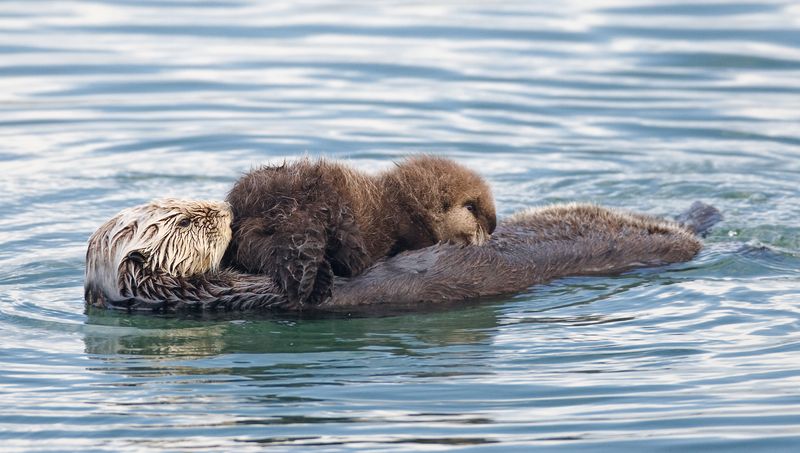
Fluffy sea otter pups float like corks on mom’s belly while she forages underwater. Born with built-in life jackets (their incredibly dense fur), these babies can’t swim until they’re about two months old!
Mothers invest tremendous energy, nursing pups for six months and teaching them essential survival skills.
Each successful pup represents hope for continued recovery and ecological balance along California’s shores.
6. Tool Users of the Sea: Why Otters Are Smarter Than You Think
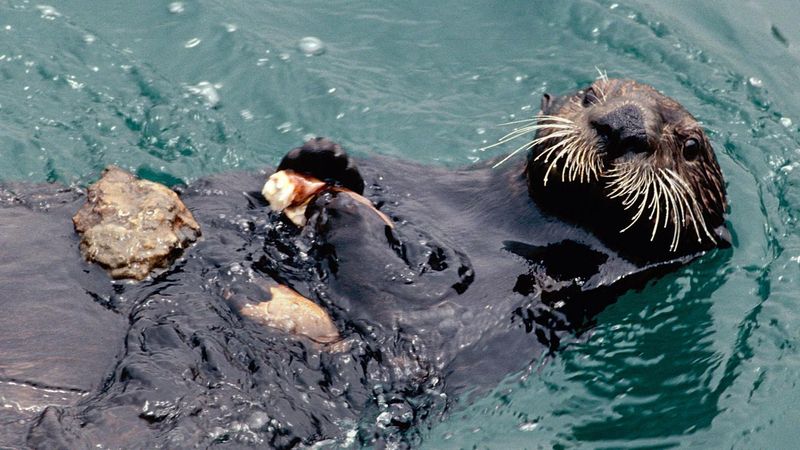
Grab a rock, dive for food, resurface, then crack open shells while floating on your back. Sea otters have mastered this impressive routine, making them among the few marine mammals to use tools regularly.
Favorite stones are kept tucked in underarm pouches for safekeeping!
This remarkable intelligence helps them access calorie-rich shellfish necessary for maintaining their high metabolism in chilly Pacific waters.
7. Conservation Wins: What’s Behind the Otter Resurgence
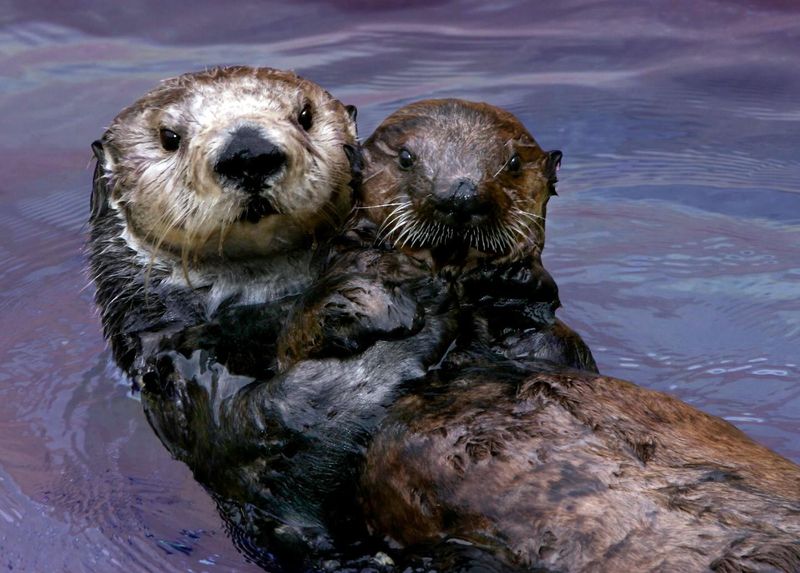
Legal protection kicked off sea otter recovery, with both state and federal laws shielding them from hunting since the early 1900s.
The Marine Mammal Protection Act of 1972 provided additional safeguards against harassment. Dedicated rehabilitation programs now rescue injured or orphaned otters.
Organizations like Monterey Bay Aquarium have pioneered techniques to raise abandoned pups and successfully return them to wild populations.
8. Otters and Humans: Can We Peacefully Share the Coastline?
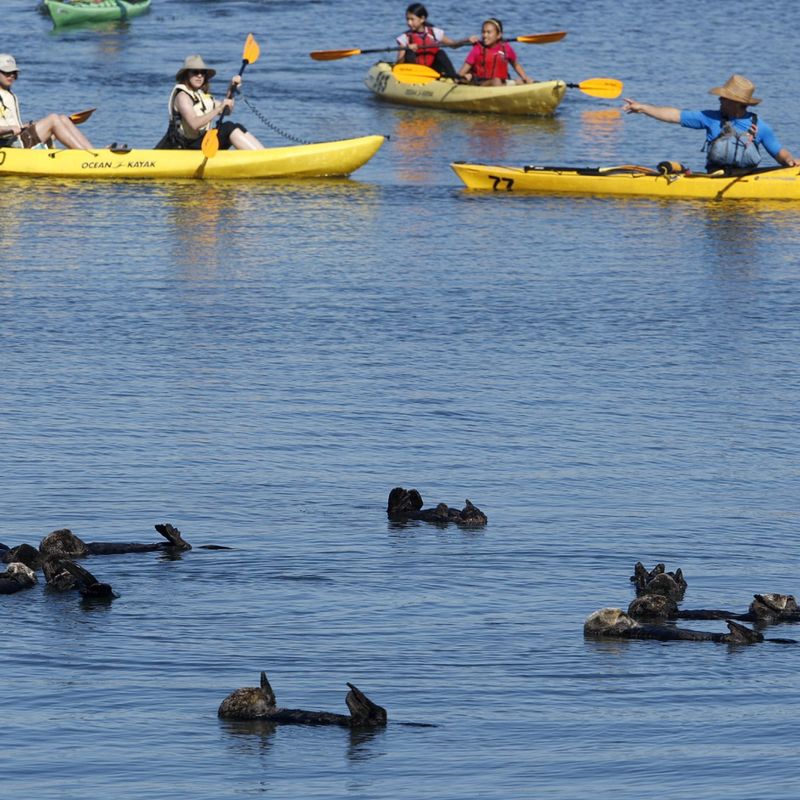
Curious sea otters sometimes approach kayakers, creating magical wildlife encounters. Yet this proximity requires responsible wildlife viewing – maintaining distance prevents stress and dangerous habituation.
Commercial fisheries initially resisted otter protection, fearing competition for valuable shellfish.
Today, most communities recognize otters’ tourism value, with Monterey alone generating millions in otter-watching revenue annually.
9. Challenges Ahead: Oil, Fishing Nets, and Climate Risks
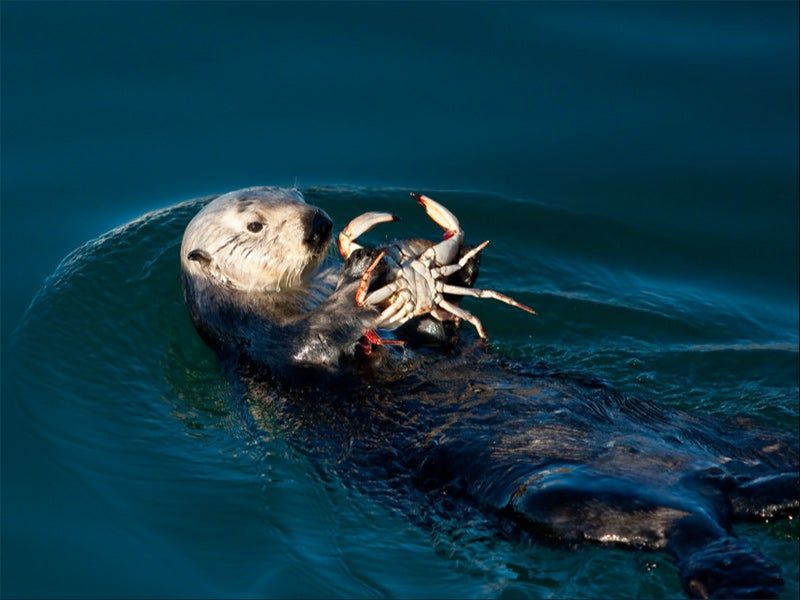
Despite progress, sea otters face ongoing threats. Oil spills prove catastrophic – their fur loses insulating properties when contaminated, leading to hypothermia and their demise
Fishing gear entanglement claims otter lives yearly. Climate change brings new challenges through ocean acidification impacting shellfish populations.
Parasites from land-based pollution cause fatal brain infections in these marine mammals.
10. Why Otters Matter: A Keystone Species With a Big Impact
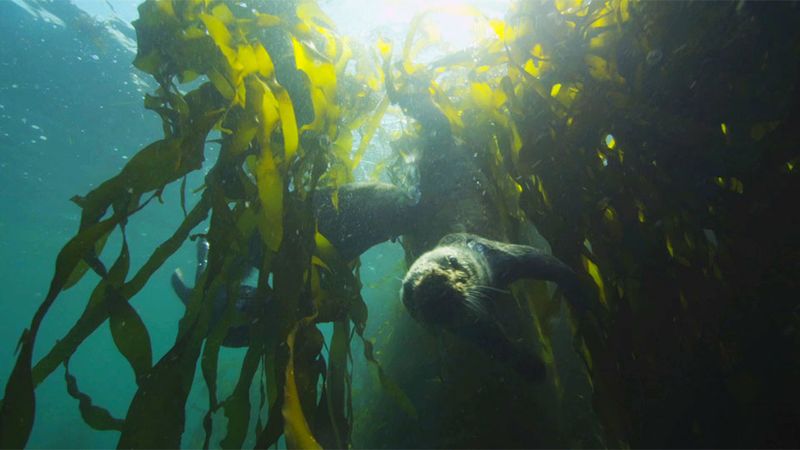
Pound for pound, few animals punch above their ecological weight like sea otters! As keystone species, they maintain balanced marine ecosystems far beyond what their numbers might suggest.
Healthy otter populations mean thriving kelp forests, which sequester carbon, reduce coastal erosion, and support fisheries.
Their recovery represents nature’s remarkable resilience when humans step back and allow healing to occur.
